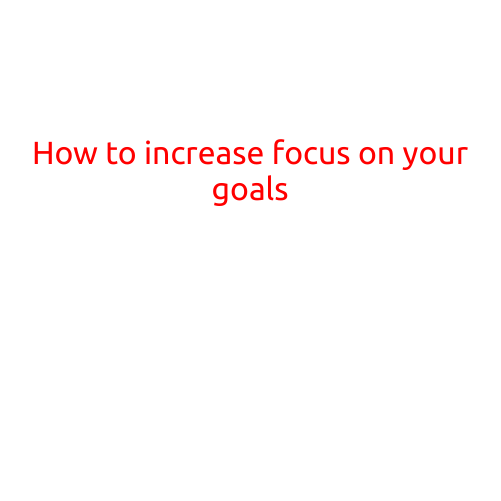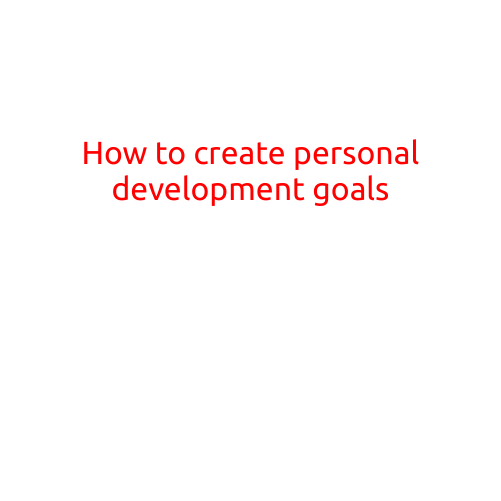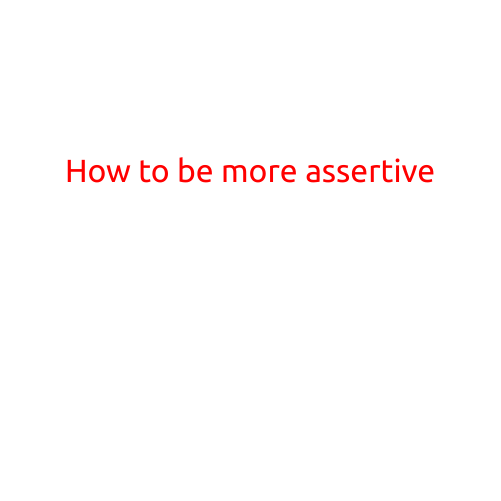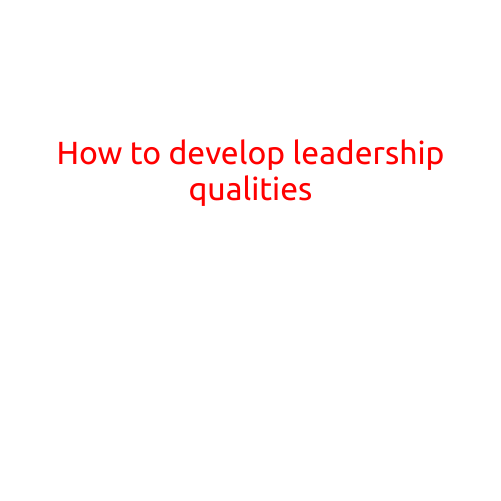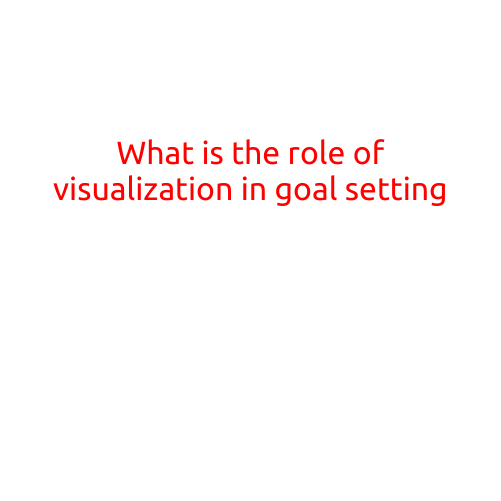
What is the Role of Visualization in Goal Setting?
Goal setting is a crucial process that helps individuals achieve success and fulfillment in various aspects of their lives. Whether personal or professional, setting goals involves defining what you want to achieve and creating a plan to get there. However, setting goals is just the first step. The next crucial step is to make those goals a reality, and that’s where visualization comes in. In this article, we’ll explore the role of visualization in goal setting and how it can help you achieve your objectives.
What is Visualization?
Visualization is the process of creating mental images or scenarios that help you focus on your goals and desires. It involves using your imagination to picture yourself achieving your goals, overcoming obstacles, and succeeding. Visualization can be used as a tool to boost motivation, confidence, and creativity, making it an essential component of goal setting.
How Does Visualization Help with Goal Setting?
Visualization plays a crucial role in goal setting by:
- Clarifying Goals: Visualization helps you define and clarify your goals by creating a mental image of what you want to achieve. This process allows you to focus on specific objectives and eliminate ambiguities.
- Boosting Motivation: Visualization increases motivation by making your goals seem more achievable and desirable. When you visualize yourself achieving your goals, you become more committed to working towards them.
- Building Confidence: Visualization builds confidence by helping you to visualize success and overcome potential obstacles. This process can help reduce anxiety and self-doubt, making it easier to take action towards your goals.
- Improving Focus: Visualization helps you stay focused on your goals by creating a mental image of what you want to achieve. This process allows you to prioritize your time and energy on activities that align with your objectives.
- Enhancing Creativity: Visualization can also enhance creativity by exposing you to new ideas and perspectives. By imagining different scenarios and outcomes, you can develop innovative solutions to challenges and overcome obstacles.
- Developing Resilience: Visualization can help you develop resilience by preparing you for potential setbacks and failures. By visualizing yourself overcoming challenges, you can build confidence and stay motivated even when faced with obstacles.
How to Use Visualization in Goal Setting
To use visualization effectively in goal setting, follow these simple steps:
- Define Your Goals: Write down your goals and make them specific, measurable, achievable, relevant, and time-bound (SMART).
- Create a Mental Image: Close your eyes and create a mental image of yourself achieving your goals. Imagine the sights, sounds, and emotions associated with success.
- Visualize Positive Outcomes: Visualize positive outcomes and avoid catastrophic thinking. Imagine yourself overcoming obstacles and achieving your goals in a positive and graceful way.
- Practice Regularly: Practice visualization regularly to reinforce the mental images and build confidence. You can set aside 10-15 minutes each day to visualize your goals.
- Combine with Action: Visualization is just the first step. Combine it with action by taking consistent and persistent action towards your goals.
Conclusion
Visualization is a powerful tool that can help you achieve your goals by clarifying your objectives, boosting motivation, building confidence, improving focus, enhancing creativity, and developing resilience. By incorporating visualization into your goal setting process, you can create a clear mental image of success and take consistent action towards achieving your objectives. Remember to define your goals, create a mental image, visualize positive outcomes, practice regularly, and combine visualization with action to achieve success.

